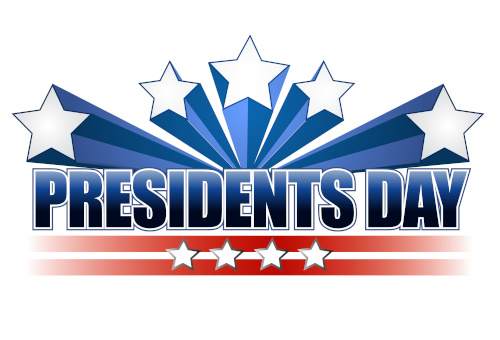Social Studies teachers seem to have an impossible challenge: take events that happened hundreds or thousands of years ago and make them relevant to today’s teens. That explains why only about half of middle and high school students say they are engaged in what they are learning in school most of the time, according to recent research from Project Tomorrow.
Presidents’ Day is a great opportunity to turn this around. The key is understanding what gets students jazzed and adapting lessons to fit their preferences.
There are many reasons for the lack of interest in history and other subjects. Teachers worry that it’s hard for them to compete with smartphones and the type of entertaining content that students can access at any time, including TikTok, Instagram, and YouTube.
Students agree. So what’s a teacher to do?
Increasingly, teachers are embracing the very pop culture that students love, and infusing it into their instruction to engage students and illustrate key concepts. A study of 500 teachers conducted by nonprofits Project Tomorrow and Certell (“Engaging Students in Learning History Through Pop Culture”) shows that 96 percent of history and social studies teachers say the use of pop culture references and content is a valuable way to engage students in learning.
In the study, teachers said they use pop culture references for several reasons:
- To create a personal connection between the course content and students so they relate more deeply to the content.
- To engage students in the learning process by drawing them in with fun or entertaining content.
- To add a real-world context and relevancy to current events.
- To align teaching with the digital tools students are using every day.
Teachers accessing and using digital content, curriculum, and resources have been increasing steadily over the past few years. Project Tomorrow’s Speak Up Research Project annually documents changes in teachers’ comfort and confidence in using these tools as well as the frequency of their usage. In 2016 only 31 percent of History and Social Studies teachers nationwide reported using an online curriculum regularly within their courses. Today that number is 59 percent.
This jump in usage likely has been fueled by student access to digital learning devices. With the shift to remote learning and an influx of funds to purchase technology during the pandemic, the number of teachers using digital content is sure to rise even further.
How can educators find these digital resources?
Educators universally agree that the key to success is finding quality digital resources, and 31 percent of the 500 teachers surveyed in the “Engaging Students” study said they have trouble finding content that matches their curriculum standards.
Nonprofit Certell offers Poptential™ free online social studies course packages that include pop culture multimedia in each module. In fact, Poptential is full of multimedia that brings the life, words, and actions of presidents to life for students.
Teachers also can look for their own. Fair use laws allow the use of such material for teaching, so long as the purpose is educational and certain other conditions are met.
If looking for your own pop culture reference, here are a few best practices.
- Use different forms of media. To avoid boredom, look for pop culture clips from different media, including television shows, news, documentaries, podcasts, audio clips, music, social media and YouTube. Be especially careful with documentaries, which while content-rich, are often too slow-paced for today’s students.
- Tap different genres. Likewise, search for pop culture clips in various genres, including sitcoms, news, late-night comedy, dramas, period dramas, animated movies, cartoons, action/adventure, and other genres. Keep in mind that students today easily get bored with clips that don’t show a lot of action or dialogue. Be prepared to fact-check historical fiction, which is often written to make a current cultural point, rather than accurately represent historical events.
- Keep it short. To maintain student engagement, keep pop culture stories to under 7 minutes; shorter if possible.
- Make sure it’s suitable. Screen pop culture clips for violence, language, racism, vulgarity, and cultural sensitivities that could be seen as offensive.
- Look for diversity. Seek pop culture clips that showcase diversity so students can relate to the content. Look for clips that include different races, cultures, religions, and regions.
- Incorporate humor. Social studies can be dry, so look for pop culture that can illustrate complex topics using humor. Humor can be especially good at diffusing difficult topics.
Social studies doesn’t have to be boring. Today teachers have an unlimited amount of content within reach to bring history, civics and economics to life and to make these subjects relevant to today’s digital-native students.
- 3 ways to avoid summer learning loss - April 19, 2024
- High school students say AI will change the workforce - April 18, 2024
- Motivating students using the Self-Determination Theory - April 17, 2024


